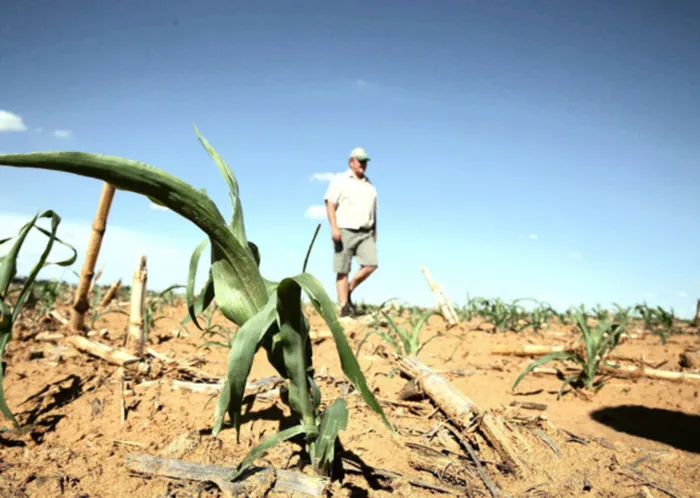South Africa’s maize crop forecast lifted as 2025 harvest shows strong recovery
AGRICULTURE

The Crop Estimates Committee (CEC) eight summer production forecast released on Tuesday indicated that the size of the expected commercial maize crop has been set at 16.178 million tonnes, which is 2.38% or 376,250 tonnes more than the previous forecast of 15.802 million tonnes
Image: Siphiwe Sibeko / Independent Newspapers.
South Africa’s summer grain outlook has improved further, with the Crop Estimates Committee (CEC) raising its eighth production forecast for the 2024/25 season.
The CEC announced on Tuesday that the expected commercial maize crop is now 16.178 million tons, reflecting an increase of 2.38% (376 250 tons) from the previous forecast of 15.802 million tons.
This represents a 25.9% increase (3.328 million tons) from the drought-hit 2024 harvest.
The committee said the expected maize yield stands at 6.23 t/ha, with the Free State, Mpumalanga and North West provinces expected to contribute 82% of national output.
The forecast for the white maize harvest is now 8.328 million tons, representing a 3.05% increase from the previous estimate, while yellow maize output has been revised upward by 1.68% to 7.851 million tons.
The CEC said the adjustments reflected higher producer deliveries reported by the South African Grain Information Service (SAGIS).
Other summer crops have also seen modest upward revisions. The sorghum crop is estimated at 144 665 tons, up 4.85%, while dry bean output has been lifted by 4.8% to 90 556 tons.
Wandile Sihlobo, chief economist at the Agricultural Business Chamber (Agbiz), said the latest forecast reinforces the positive momentum of the 2024/25 production season.
“We now have eight production estimates with two more to follow, which are unlikely to change the positive picture we have,” Sihlobo said.
“The data released this afternoon by the Crop Estimates Committee show an increase in South Africa's 2024-25 summer grains and oilseed harvest estimate, up by 2% from the August 2025 estimate to an expected 19.94 million tons (a 28% year-on-year increase).”
He noted that favourable summer rains, decent planting areas, and base effects from last year’s drought are supporting the rebound.
“The base effects also help, as we struggled with a drought last year that weighed on the harvest. This ample crop will likely continue to put downward pressure on prices, which bodes well for a moderating path of consumer food price inflation,” he said.
Sihlobo said that a closer look at the data reveals that the monthly upward revisions were primarily in maize, dry beans and sorghum.
“Meanwhile, the rest of the other crops were roughly unchanged from the previous month. More specifically, South Africa's maize harvest is now forecast at 16.12 million tonnes, which is 26% higher than the crop for the 2023-24 season,” Sihlobo said.
“Importantly, these forecasts are well above South Africa's annual maize needs of approximately 12 million tonnes, implying that South Africa will have a surplus and remain a net exporter of maize.”
Sihlobo added that overall, South Africa has an ample supply of summer grains and oilseeds, and we will see the benefits of the harvest in the softening of commodity prices, which bodes well for consumer food price inflation.
Francois Rossouw, CEO of Southern African Agri Initiative (Saai), said that the increase in the 2024/25 harvest estimate was good news for the sector and a welcome correction after the tough season farmers have just come through.
“A 28% year-on-year recovery is significant, and it shows the resilience of South African farmers despite erratic weather patterns and input cost pressures,” he said.
“For us at Saai, the key takeaway is that while this bumper crop will support food security and export potential, it also underlines how important steady policy, functioning infrastructure, and access to markets remain for family farmers to fully benefit.”
Rossouw added that bigger harvest numbers don’t automatically mean better margins for producers, as prices and logistics will ultimately shape the value of this crop.
“Still, this is a positive signal that farmers are getting a strong season back on track,” he said.
BUSINESS REPORT